Introduction
White jelly powder, known as “bai liang fen” in Chinese, is a beloved traditional dessert enjoyed across Asia, particularly in China, Southeast Asia, and beyond. This translucent, gelatinous treat is prized for its delicate texture, mild flavor, and versatility—it can be sweetened, flavored, or combined with fruits, syrups, or even savory ingredients. Despite its exotic reputation, cooking white jelly powder is surprisingly simple, requiring minimal ingredients and basic kitchen tools. Whether you’re a novice cook or an experienced home chef, this guide will walk you through the process of creating perfect white jelly powder every time, along with tips for customization and troubleshooting common issues.
What Is White Jelly Powder?
White jelly powder is derived from starch, typically from peas, mung beans, or potatoes. When mixed with liquid and heated, the starch granules absorb moisture and swell, forming a gel-like structure as the mixture cools. The result is a smooth, bouncy texture that resembles jelly but has a softer, more delicate mouthfeel. Unlike gelatin, which is animal-based, white jelly powder is entirely plant-derived, making it suitable for vegetarians and vegans. Its neutral taste allows it to absorb flavors from sweeteners, fruits, or herbs, offering endless possibilities for creativity.
Ingredients and Tools You’ll Need
To cook white jelly powder, gather the following:
- White jelly powder mix: Available in Asian grocery stores or online, this powder is pre-mixed with starch and sometimes sweeteners.
- Water: Use clean, filtered water for the best results.
- Sweetener (optional): Sugar, honey, agave, or artificial sweeteners can be added to taste.
- Flavorings (optional): Fruit juices, coconut milk, tea, or extracts like vanilla or almond.
- Toppings (optional): Fresh fruit, canned fruits, sweetened red bean paste, tapioca pearls, or crushed ice.
Tools:
- A medium saucepan
- A whisk or wooden spoon
- A heatproof container or mold (e.g., a square baking dish, silicone molds, or glasses)
- A knife or spatula for cutting/scooping
Step-by-Step Cooking Instructions
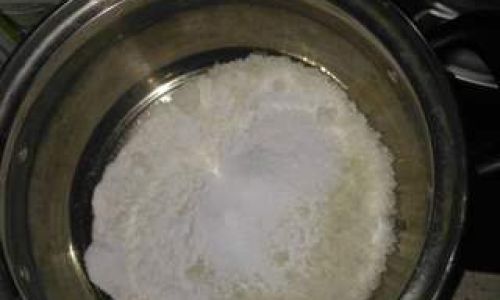
Measuring the Ingredients
The key to perfect white jelly powder is maintaining the correct ratio of powder to liquid. Most packages provide instructions, but a general guideline is 1 part white jelly powder to 6–8 parts water by volume. For a firmer texture, use less water; for a softer, more delicate result, increase the liquid.
Example: For a batch serving 4–6 people, use 50g (1.8 oz) of white jelly powder and 400ml (1.7 cups) of water. Adjust quantities proportionally for larger or smaller batches.
Preparing the Liquid Base
In a saucepan, combine the water and any flavorings or sweeteners. For a classic sweet version, add 50–100g (2–4 tbsp) of sugar per 400ml of water. Stir gently to dissolve the sugar. If using fruit juice or coconut milk, substitute part or all of the water with these liquids.
Pro Tip: For a floral twist, steep a pandan leaf or dried chrysanthemum flowers in the liquid while heating. Remove them before adding the powder.
Adding the White Jelly Powder
Gradually sprinkle the white jelly powder into the liquid while whisking constantly. Avoid dumping the powder all at once, as this can create lumps. Continue whisking until the mixture is smooth and free of clumps.
Heating the Mixture
Place the saucepan over medium heat. Stir continuously with a whisk or wooden spoon to prevent sticking or burning. The mixture will begin to thicken within 2–3 minutes. Keep stirring until it reaches a gentle boil.
Critical Step: Do not stop stirring once the mixture thickens. The starch can settle at the bottom and scorch if unattended.
Simmering and Texture Adjustment
Reduce the heat to low and let the mixture simmer for 1–2 minutes. This step ensures the starch is fully cooked, resulting in a smooth, not grainy, texture. If the mixture seems too thick, add a splash of hot water and stir to incorporate.
Pouring into Molds
Remove the saucepan from heat and immediately pour the hot liquid into your chosen mold. For a traditional presentation, use a shallow dish. For individual servings, opt for silicone molds or small cups.
Optional: To create layers, let the first layer cool slightly, then pour a second flavored mixture on top. Repeat as desired.
Cooling and Setting
Allow the mixture to cool at room temperature for 30–45 minutes, then refrigerate for at least 2 hours (or until fully set). Avoid disturbing the mold during cooling to prevent air bubbles.
Unmolding and Serving
Once set, run a knife around the edges of the mold to loosen the jelly. For a decorative touch, dip the mold briefly in warm water to ease unmolding. Slice the jelly into cubes, diamonds, or strips using a sharp knife.
Serving Suggestions:
- Classic Style: Serve with a drizzle of sweet syrup (e.g., brown sugar syrup or honey) and a sprinkle of toasted sesame seeds.
- Fruit Infusion: Layer diced mango, strawberries, or lychee with the jelly.
- Creamy Twist: Top with a dollop of coconut cream or evaporated milk.
- Herbal Refreshment: Pair with chilled herbal tea or mint leaves.
Troubleshooting Common Issues
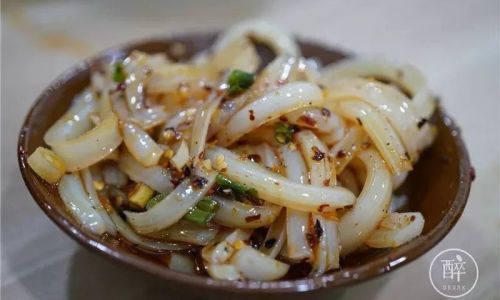
Jelly Doesn’t Set
- Cause: Incorrect powder-to-liquid ratio or insufficient cooking.
- Fix: Dissolve 1–2 tsp of additional white jelly powder in a small amount of hot water, then gently mix into the unset jelly. Reheat briefly and remold.
Lumpy Texture
- Cause: Uneven mixing or overcooking.
- Fix: Strain the mixture through a fine sieve before pouring into molds. Next time, whisk vigorously when adding the powder.
Too Firm or Rubbery
- Cause: Too little liquid or overcooking.
- Fix: Reduce the cooking time slightly and increase the liquid ratio next time.
Cloudy Appearance
- Cause: Impurities in the water or incomplete stirring.
- Fix: Use filtered water and ensure thorough whisking during cooking.
Creative Variations
Matcha White Jelly
Whisk 1 tsp of matcha powder into the liquid before adding the white jelly powder. Serve with sweetened red bean paste.
Tropical Paradise
Substitute half the water with coconut water and add diced pineapple and kiwi.
Coffee Jelly
Dissolve 2 tbsp of instant coffee in the water and serve with a splash of condensed milk.
Savory Option
Omit sweeteners and flavor with soy sauce, vinegar, and chili oil for a refreshing appetizer.
Health Benefits and Dietary Notes
White jelly powder is naturally gluten-free, low in calories, and fat-free. It’s an excellent source of dietary fiber (depending on the starch source) and can aid digestion when consumed in moderation. However, added sugars and toppings can increase calorie content, so opt for fresh fruit or light syrups for a healthier treat.
Storage Tips
- Store set white jelly in an airtight container in the refrigerator for up to 3 days.
- Avoid freezing, as this alters the texture.
- To prevent drying out, cover the surface with plastic wrap pressed directly onto the jelly.
Conclusion
Cooking white jelly powder is a rewarding culinary adventure that requires minimal effort but yields impressive results. By mastering the basic technique, you can experiment with flavors, textures, and presentations to create a dessert that delights both the eye and the palate. Whether enjoyed on a sweltering summer day or as a light finale to a hearty meal, this versatile treat is sure to become a staple in your recipe repertoire. So grab your whisk, embrace your creativity, and dive into the world of white jelly powder—your taste buds will thank you!
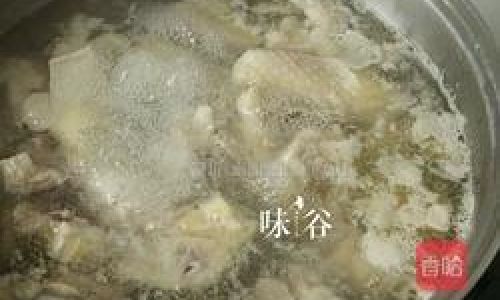
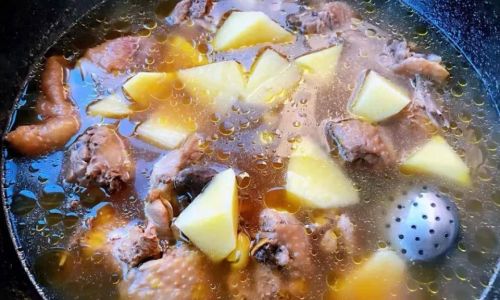
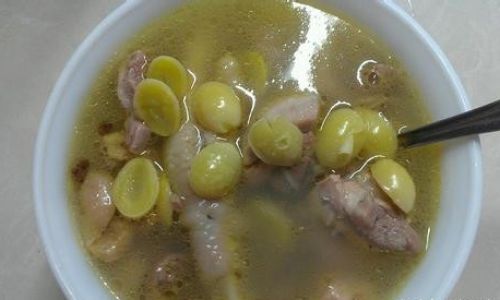
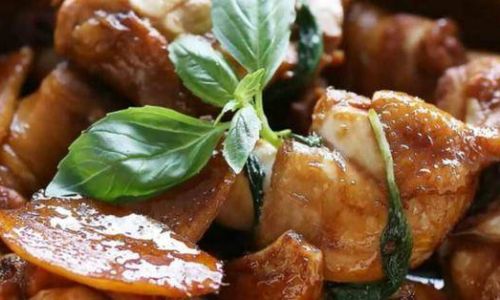
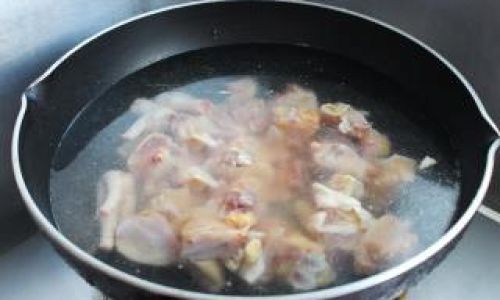
0 comments